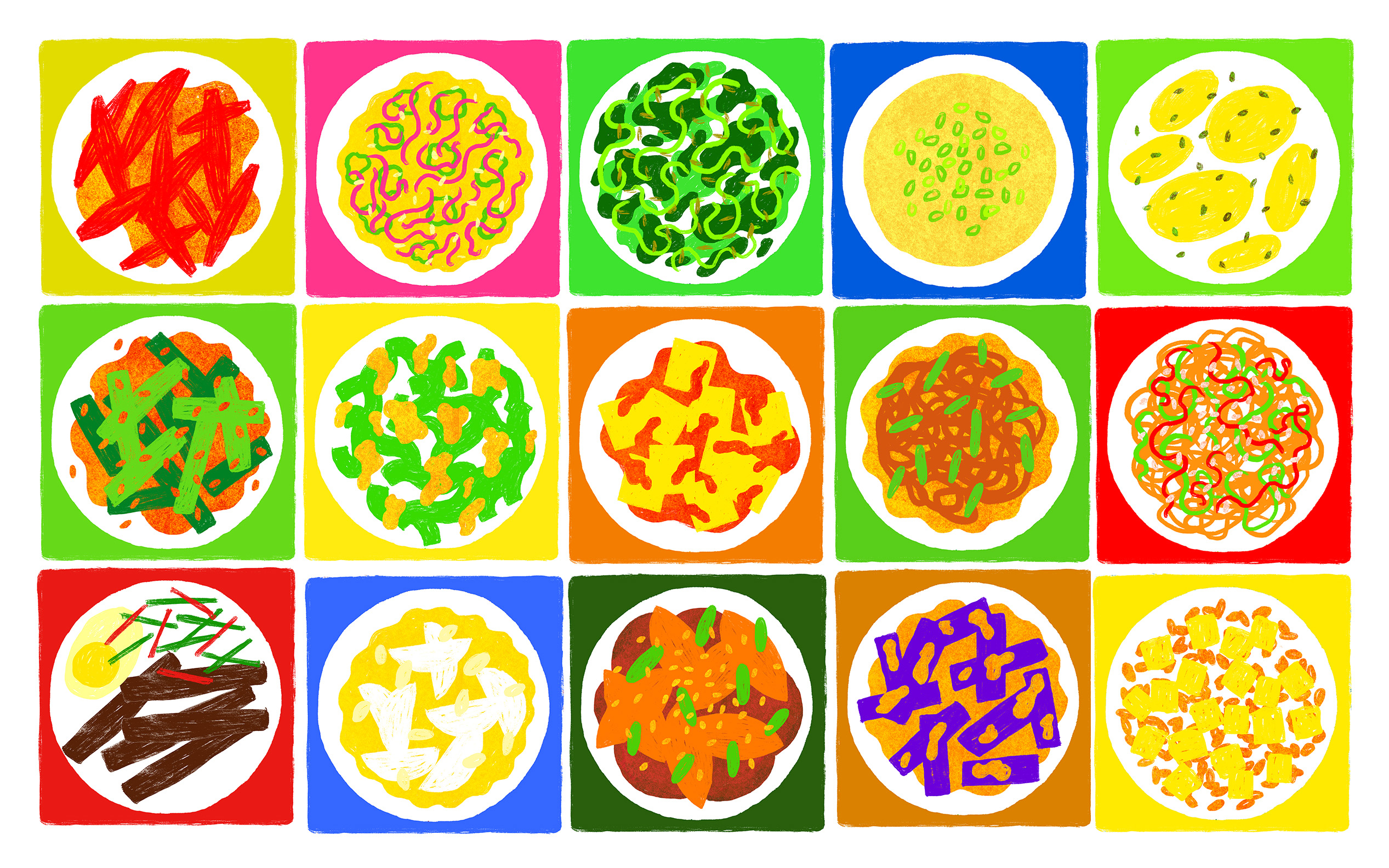The amazing history of pizza, the tragic history of RC Cola, the best ways to negotiate your salary and make better coffee in this week’s edition of Lifehacker’s Thinking Cap.
Title gif by Nick Criscuolo.
Welcome to Lifehacker’s Thinking Cap, a new series where we round up interesting, informative and thought-provoking podcasts. These interviews, articles and other media will teach you something new, inspire you and hopefully cap off your week nicely. Let’s get started.
The History of Pizza in Eight Slices
PBS’s Idea Channel is always a great, and maybe it’s because I’ve been in New York for the past week, but this short video about the history of pizza, and how pizza in the US went from the pizza that people may find familiar in Italy to American style pizza (not to mention one of the first pizzerias in the US, which opened in a spot I unknowingly walked past for far too long). [via PBS Idea Channel]
The Best Way to Respond When Asked “What’s Your Current Base Salary?”
It’s happened to everyone when they apply for a job. You’re talking skills, qualifications, all the usual good stuff, and then suddenly the recruiter or hiring manager pops the big question: “So what’s your current salary?” or more appropriately, “So what are you looking for salary-wise?”
You’ve heard the old adage that whoever gives a number first loses, but you can’t just dodge the question. Besides, don’t feel too bad about putting what you’re worth on the line, especially if it’s based on market research. Never give your current salary, but always give what you think you’re worth, and what the market is paying people with the job you’re looking for. Here are some other tips from this amazing Quora thread on the same topic. Nelson Wang, entrepeneur and manager, suggests playing along:
- DO YOUR HOMEWORK – Whether it’s through the salary data in Glassdoor or through your discussions with people currently in that role, you can research what the typical salary is like in advance. Do your research.
- MAKE YOUR CASE – Be very clear on the value that you’ll be driving for the company.
For example, in sales: “I have a proven track record of driving sales growth at 50% YoY and have hit quota for four years in a row. I will be a top performer for your company and will help you drive $US1M in revenue.”
For example, in marketing: “My social media strategy is proven and I am confident I’ll increase your marketing leads by 30% over the course of the year.”
For example, in product: “I have a list of 10 feature improvements for your app that will help drive retention up significantly which in turn will drive more recurring revenue.”
- LET THEM TALK – After you do this, you can lob the ball back into their court so that you can get an idea of where they stand in the negotiation. You can ask, “So what are your thoughts?”
Conversely, from Ian Douglas, an interviewer who’s sticking to the usual “don’t answer that” method:
In my experience, companies will use this information as a basis to how much salary they are willing to offer you, so I typically advise people to say something like “If it’s ok, I’d like to hear what the salary range is that the company has in mind for this role, and discuss salary later in the process.”
This is a great negotiation tactic, because usually the first person to say a salary range is the one who loses out on the opportunity to “win” that part of the negotiation. If you say your salary first, they could offer you your current salary instead of a potentially higher range. If you make them say their salary range first, it gives you an idea of how much they have budgeted and whether that fits in your own range.
Another tactic is to say “I’m under a non-disclosure agreement so I cannot share my exact salary, but the range I’d like to be making based on my skills and level is between $___ and $___”.
I’ve heard from others that you should always tell them your current salary plus 10% so that you’re assured to get a raise every time, but this can have diminishing returns and if your “salary” is much higher than their budget ,they might pass on you as a candidate.
For more, make sure to read through the whole thread. You’ll probably find someone whose opinion you line up with, and when you do, you’ll see some good advice. [via Quora]
Make Better Coffee with a Moka Pot
The Moka Pot is one of your favourite coffee-making methods, but it has a reputation for making bitter coffee, and sometimes for that custom buildup of coffee around the inside. This video from ChefSteps explains how to make better coffee in your Moka Pot, starting with what may be blasphemy to some: keeping it clean — that buildup of coffee actually makes things even more bitter.
Another thing you can do with the Moka Pot is start with hot water — not cold water. Heat your water in a kettle or separately, and then add it to the Moka pot. That way you’re not heating your coffee when you heat your water, also contributing to the bitterness factor. Anyway, hit the play button above — even if you don’t have a Moka pot, you may consider getting one. [via ChefSteps]
A Visual Guide to Korean Banchan

Illustration by Maddie Edgar.
If you’ve ever been to a Korean restaurant, you’re familiar with the small tray or bowls of what seem to be garnishes that are presented before or with your meal (and if you’ve never been, you’re missing out). They’re delicious, and while you might think they’re sides or some kind of toppings for your meal, they’re actually an integral part of your meal.
It’s called Banchan, and depending on where you go and what you get, it can take many forms. Luckily, this guide from Lucky Peach runs down the most common forms you’ll get when you sit down in a Korean restaurant, from the rare to the common, complete with beautiful illustrations for each, like the ones above. Can you guess which is which based on the illustration here? [via Lucky Peach]
All About Chips in Credit Cards, and Why It’s Taken The US So Long to Get Them
This week’s Planet Money podcast on NPR (#695) is all about chips in credit and debit cards, why they have been in use around the globe for years and years, why they’re only now arriving in the US (and even then, why rollout and acceptance has been so slow) and why so few places in the US use the chip for transactions right now. Adoption is picking up, of course, but it’s still slow. So what’s the deal?
Well, without spoiling the show, a lot of it is distributed responsibility among businesses and fees from transaction handlers, and of course, the fact that no reward or benefit to US business owners to adopt it has come along with the rollout of chips. [via Planet Money]
The Tragic History of RC Cola
RC Cola, at a time, was a rival to Coke and Pepsi. What happened? The brand is still around, of course, but by all accounts its reach could be much much bigger, and the company could be much much bigger as well. Over at Mental Floss, Jeff Wells walks through the early beginnings of RC Cola, where everything went well, where it all went wrong and, of course, where the company stands today.
So who drinks RC Cola these days? In addition to its southern fans, the brand has a presence in Chicago, where it’s served at Bears games and at pizzerias throughout the city, which often give out a free litre with orders. According to Encyclopizzeria, that arrangement began back in the ’60s, when a creative local bottler got in good with local pie shops, figuring the pairing of RC and deep dish pizza would generate good vibes with customers. It did, and today many a Chicagoan has a soft spot for the underdog cola.
Aside from the Windy City, though, RC’s appeal seems tied to small town America and times gone by. “The company never shook its strictly southern, small-town image,” states the New Georgia Encyclopedia, which chronicles the state’s history. For fans of RC, that image as the overlooked, underappreciated casualty of the cola wars is just what they love about it. It’s the scrappy bargain brand — the un-hyped, unadorned alternative for true cola lovers.
RC still has a presence today, but from sweetner controversies and mismanagement and too little focus on their flagship product, the tale of RC is one that luckily isn’t over, but could have gone better. It’s a good read — especially if you’ve ever had an RC and wondered what happened to the brand. [via Mental Floss]
Drop a Tuning Fork in Water and Watch the Waves
Vibrations and waves in a medium are amazing to observe, and while you can’t really see sound waves in the air, you can see the vibrations in a denser medium, like water. Obviously it’s different, but it’s still amazing to watch, and this video by Matthew Taylor at RMIT University is just stunning to look at. If you have a tuning fork, you should give this a try yourself. [via Digg]
That’s all for this week. If you have thought-provoking stories, interesting podcasts or eye-opening videos, share them in the comments below!

Comments